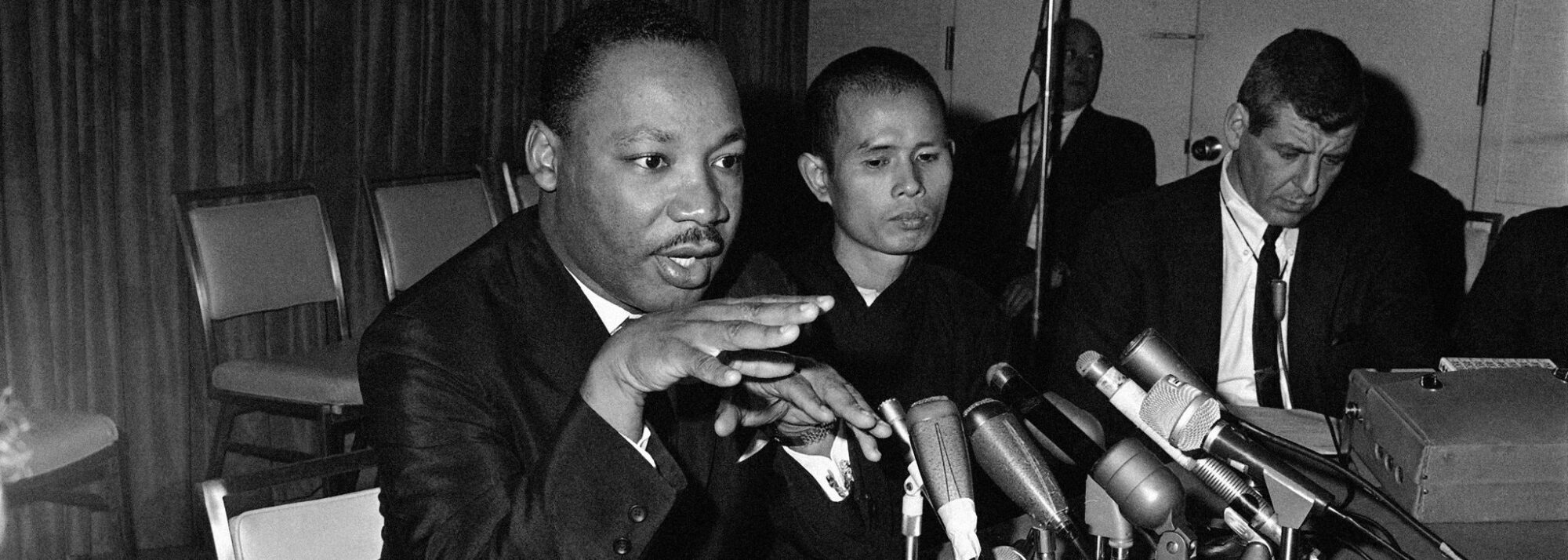 In light of the new movie about Che Guevara, I am reposting something I originally blogged on in 2004 when Motorcycle Diaries came out:
In light of the new movie about Che Guevara, I am reposting something I originally blogged on in 2004 when Motorcycle Diaries came out:
The hundreds of thousands of people who will see the film version of Che Guevara’s Motorcycle Diaries can be forgiven for thinking that “Che” was the embodiment of compassion for the downtrodden of Latin America.
The movie is without a doubt a strikingly beautiful film and tells a moving story. And if you compare the young Che with his contemporaries in the United States – Jack Kerouac and Neal Cassidy in On the Road, for example – he certainly comes out ahead. But the Diaries have little to do with the real Che Guevara, at least not with Che as an adult.
That movie has yet to be made.
While we wait, it might help to consider Che’s published views of the labor movement. In my Ph.D. dissertation on Nicararagua’s Sandinista revolution, I wrote a chapter which I link here that considered the ideas of Che about the role of workers and trade unions in a revolution and beyond and the influence those ideas had on Nicaragua’s fledgling Sandinista regime.
With the return of Che as an icon and the apparent staying power of the Sandinistas themselves (they recently won a huge victory in local elections in Nicaragua) this is not simply an historical or nostalgic exercise. (Note that the text was written in the early 90s which explains some of the grammar and references.)
Although I have not seen the new del Toro version of Che yet, from all accounts it is no closer to the real Che than Motorcycle Diaries was.
